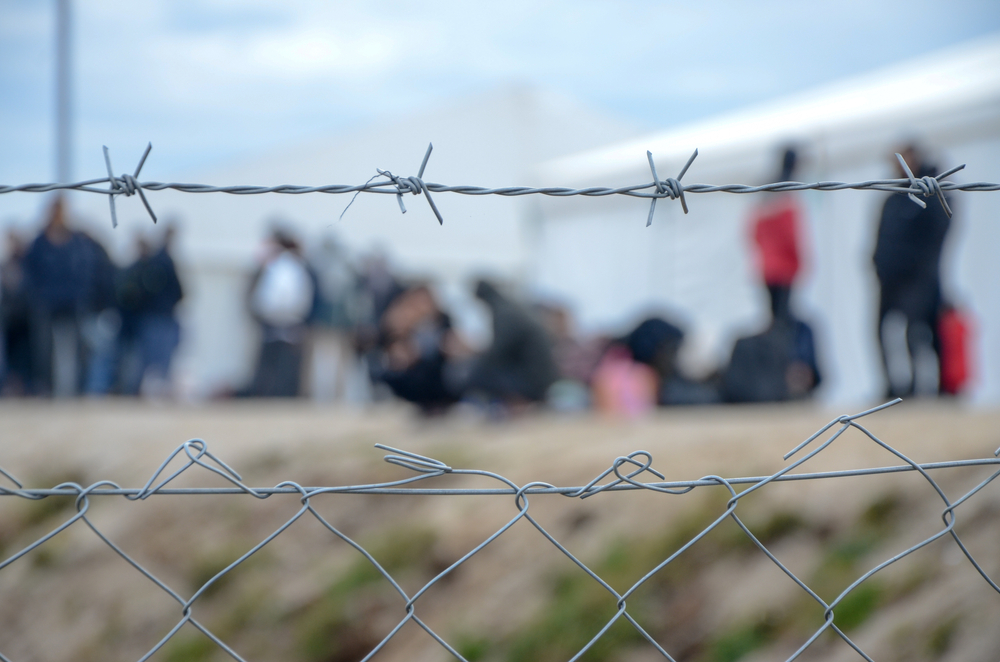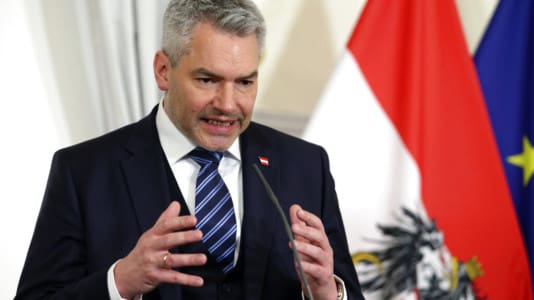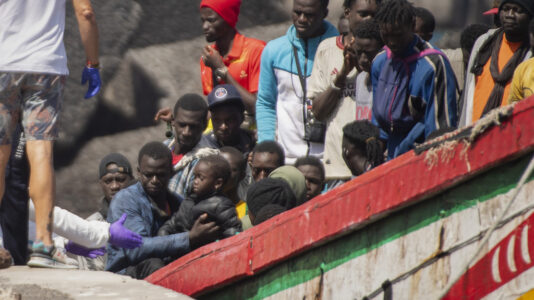The European Union may establish asylum return centers outside its borders as soon as March, Swedish Prime Minister Ulf Kristersson revealed on Thursday during a meeting with Austrian Chancellor Karl Nehammer in Vienna.
The proposal, expected from the EU’s new migration commissioner, aims to stem the flow of irregular migrants who remain within the bloc despite having their asylum applications rejected.
Kristersson is promoting the idea of “return hubs,” which would house individuals whose asylum applications have been denied, while they await deportation. He believes the centers will deter people with slim chances of success from seeking asylum in the EU.
“It is a way of saying we do not accept that there is no difference between a refusal and a yes,” Kristersson told the TT news agency. “It will also reduce the driving forces if you know you have very little chance.”
According to EU data, only around 20 percent of migrants who are denied asylum actually leave EU territory. Kristersson says this undermines the system and creates “completely different concerns” as many end up going underground, working in the gig economy with others resorting to a life of crime.
Kristersson cited Italy’s agreement with Albania as a model of how third-country processing could work. Under that pact, men from countries deemed “safe” by the Italian government have been transferred to Albania to await the outcome of their asylum applications, with certain exceptions for vulnerable individuals.
The Sweden Democrats are calling for the possible revocation of residence permits for Syrians following Bashar al-Assad's fall, asserting that refugee status should be temporary. https://t.co/FAmKzGI8of
— Remix News & Views (@RMXnews) December 9, 2024However, Italian courts have repeatedly blocked the measure, setting Prime Minister Giorgia Meloni’s administration on a collision course with what Deputy Prime Minister Matteo Salvini has called “left-wing activist judges.
The Italian judiciary cited EU law stipulating that entire countries must be deemed safe, not just parts of them. This legal snag has effectively halted transfers to Albania pending a judgment from the European Court of Justice.
A referral to the European Court of Justice on the Italian government's ability to declare countries "safe" for the return of illegal migrants could see the Italy-Albania offshore processing deal delayed until next summer. https://t.co/iZghCnyX9S
— Remix News & Views (@RMXnews) November 12, 2024At a press conference with Nehammer, Kristersson noted that Sweden is set to record its lowest number of asylum seekers since 1996. He attributed this drop partly to changing migration routes within Europe, as well as policy shifts.
“After an extensive restructuring of our policy, we have reduced the numbers,” Kristersson said.
During the migrant crisis of 2015, more than 162,000 refugees sought asylum in Sweden. By 2024, that figure is projected to hover around 10,000. Still, Kristersson acknowledged that the initial decline largely began in 2016, when the EU tightened its external borders, and that many of his government’s new laws have yet to take effect.
The Swedish government is tasking authorities with enhancing efforts to investigate and address cases of refugees vacationing in their home countries, aiming to protect the legitimacy of the asylum system. https://t.co/TyymnS7KHW
— Remix News & Views (@RMXnews) December 6, 2024Several groups including Amnesty International have raised concerns that the proposed return hubs are incompatible with both EU and international law, with Kristersson conceding the plan presents “difficult questions” but stressing that doing nothing about the issue is not an option.






